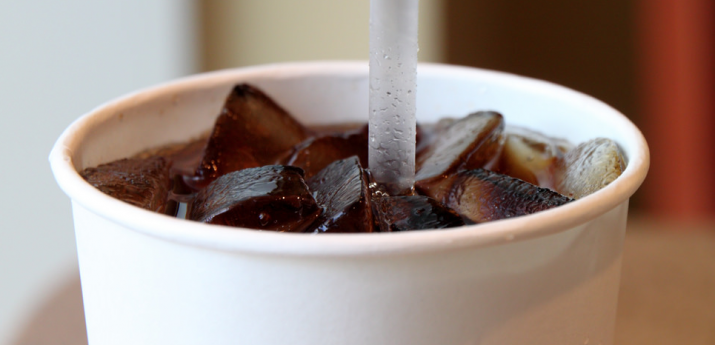
Benzoic acid sources, health risks
Friday, October 13, 2017 by Rhonda Johansson
http://www.naturalpedia.com/benzoic-acid-sources-health-risks.html

Chances are, you’ve read “benzoic acid” in the ingredients list of many of your favorite food items and beauty products. The term itself means nothing to you and your eyes skim across the term without registering anything. This lack of interest, however, could be causing you to gain weight, be more sickly, or break out in unknown rashes. And while the United States Food and Drugs Administration (FDA) registers benzoic acid as safe for use, the only person suffering from its unintended intake is you.
An introduction first: Benzoic acid is a preservative that prevents food from spoiling. Its particular mechanism involves inhibiting the growth of yeast in food. This makes benzoic acid a highly popular additive in sugary drinks. International food safety standards limit the amount of benzoic acid to 0.05 to 0.1 percent by volume. Nonetheless, some food brands tiptoe around this limit, with liquid egg products, diet foods, and chewing gum displaying some of the highest amounts of the substance that is legally allowed.
The controversy surrounding benzoic acid began when scientists observed that the combination of the substance in sugary drinks altered the beverage to become a potential carcinogen. Moreover, when these sugary drinks were left at room temperature, the pH levels of the beverage changed in reaction to benzoic acid, causing it to become more acidic. Excessive consumption of these drinks, thus, led to an increased risk of overall inflammation and an impaired immune system.
Harmful effects that can be caused by benzoic acid
Benzoic acid does not present any acute symptoms. This makes it more deadly than other such preservatives, which immediately deter people with their instant effects. Instead, benzoic acid creeps into your system, disrupting organ function at a cellular level. Medical science is still uncertain how benzoic acid works, but has noted that the preservative is typically found among unhealthy food items. The effect of benzoic acid may be a synergistic product of indulging in high-processed food.
All the same, the substance can cause organs to malfunction. Some studies have linked exposure to the substance with an increased risk of nervous system damage. Benzoic acid is likewise said to increase asthma problems among children and increase their levels of hyperactivity.
If you should ever find yourself exposed to pure benzoic acid (which appears as a white, needle-like powder), you may find yourself at risk of serious eye irritation and damage. The body reacts violently to the substance which can cause an anaphylactic shock. The risk is further increased if the powder is mixed with impurities or other additives.
Body systems harmed by benzoic acid
The preservative is unnatural and therefore does not support any body system. Benzoic acid harms all systems, although how it specifically does so is not yet determined. Health regulatory groups insist that taken in its mandated levels, benzoic acid is safe. Supposedly, the acid is absorbed through the lining of the digestive tract and excreted in the urine as hippuric acid. Nutritionists counter this argument by saying that most people ingest more benzoic acid than necessary because of portion control. Many people drink two or more sugary drinks or eat more servings of food that contain adequate levels of benzoic acid. Consequently, benzoic acid levels in the body build and cause fluctuations in organ function.
Where to learn more
- Health basics: What is sodium benzoate and how does it strangle human cells?
- Are You Being Poisoned On a Daily Basis?
- Don’t Blame the Salt
- This court just ruled Coca-Cola products are POISON
- 10 Hidden Ingredients in Meat You Didn’t know about
Summary
Benzoic acid is a preservative found in many food items, particularly in sugary drinks. It is considered to be safe by the FDA although nutritionists claim that the substance is a poison. Prolonged consumption of it allegedly can cause organ damage.
Sources include:
Tagged Under: Tags: Benzoic acid






